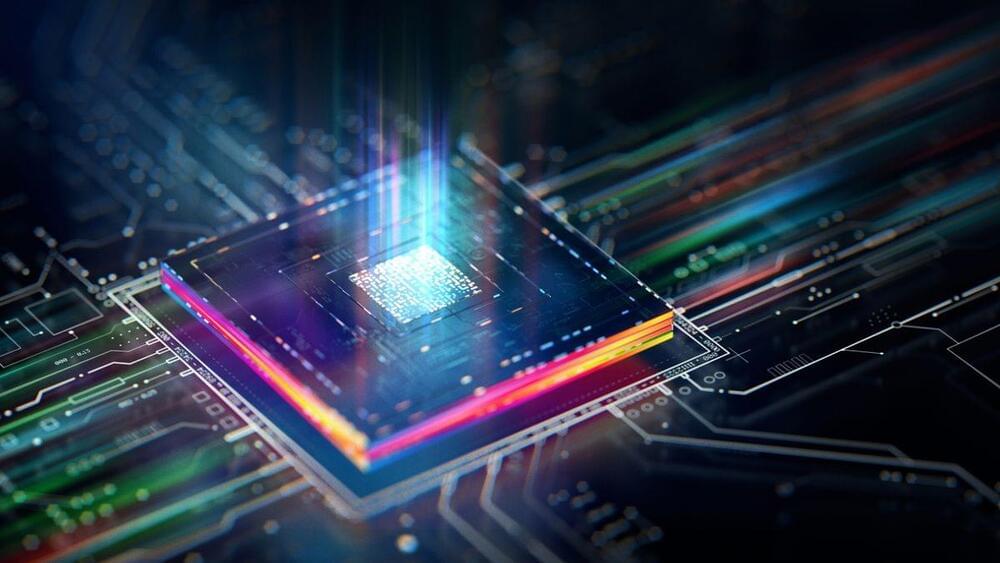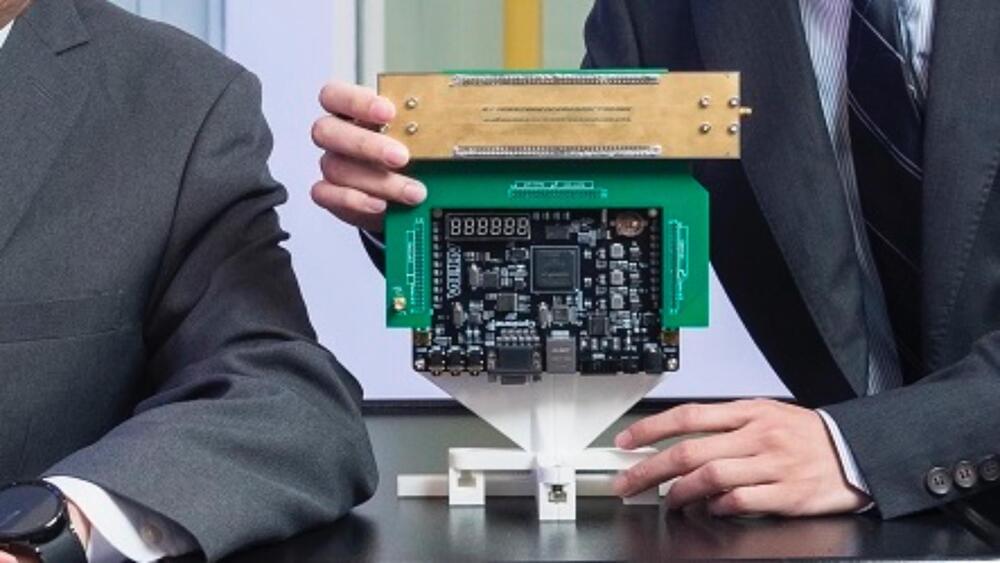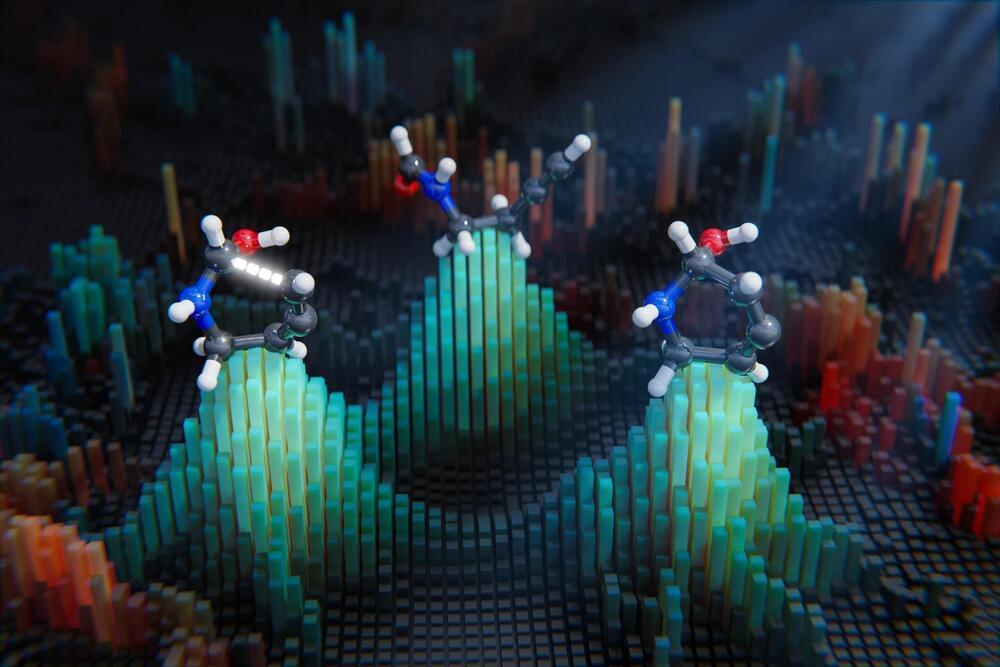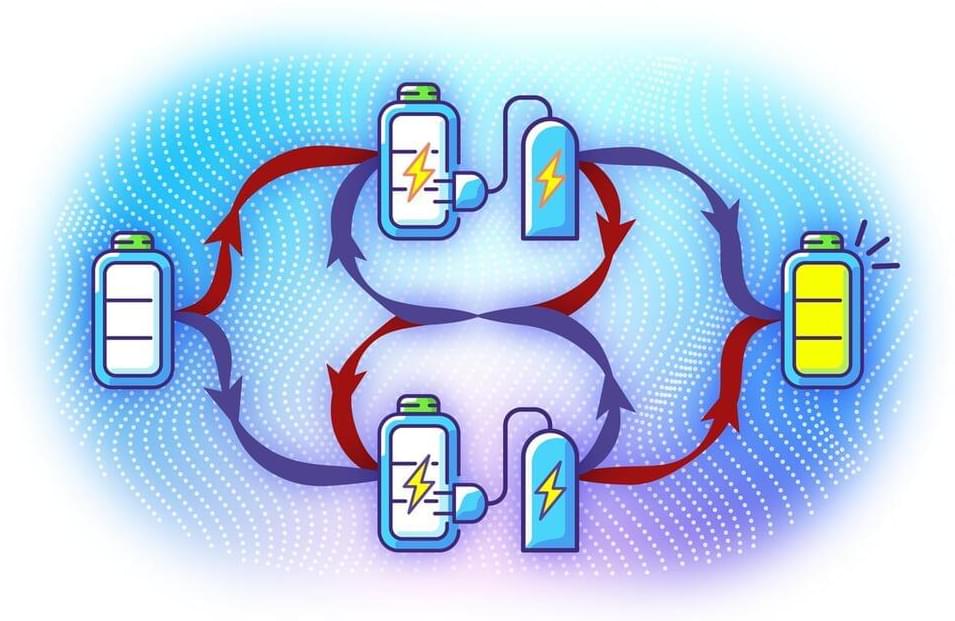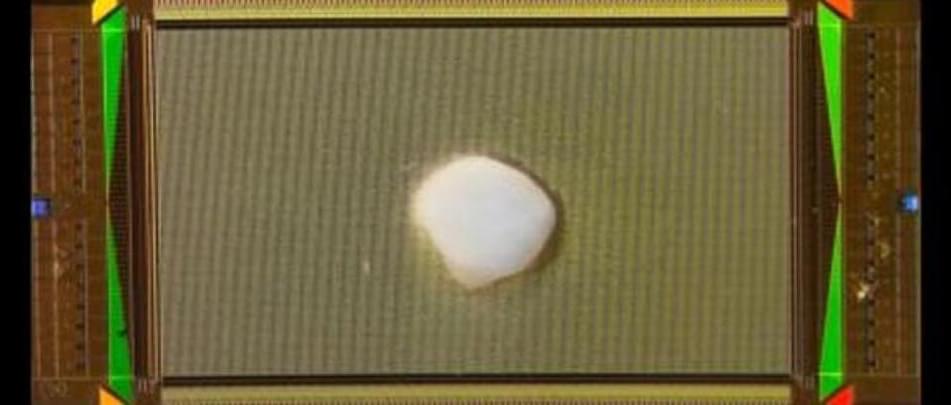Virtual reality, or VR, is not just for fun-filled video games and other visual entertainment. This technology, involving a computer-generated environment with objects that seem real, has found many scientific and educational applications as well.
Sean Preins, a doctoral student in the Department of Physics and Astronomy at the University of California, Riverside, has created a VR application called VIRTUE, for “Virtual Interactive Reality Toolkit for Understanding the EIC,” that is a game changer in how particle and nuclear physics data can be seen.
Made publicly available on Christmas Day, VIRTUE can be used to visualize experiments and simulated data from the upcoming Electron-Ion Collider, or EIC, a planned major new nuclear physics research facility at Brookhaven National Lab in Upton, New York. EIC will explore mysteries of the “strong force” that binds the atomic nucleus together. Electrons and ions, sped up to almost the speed of light, will collide with one another in the EIC.

